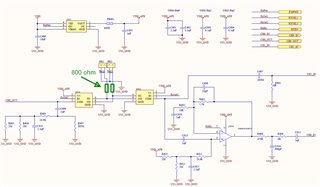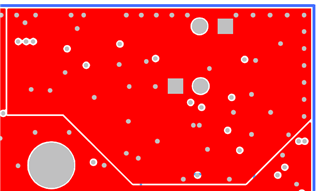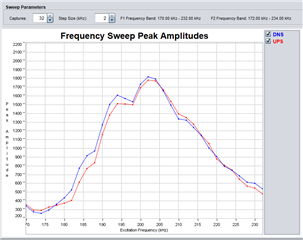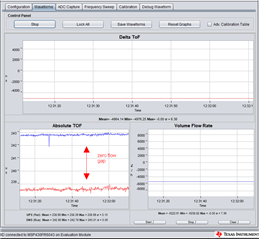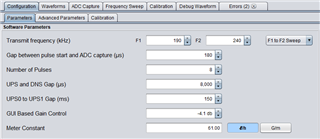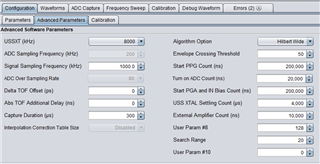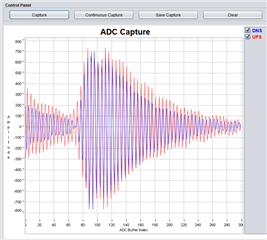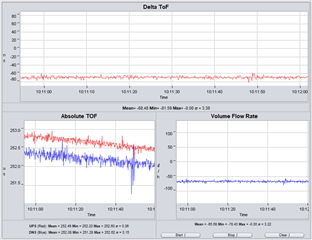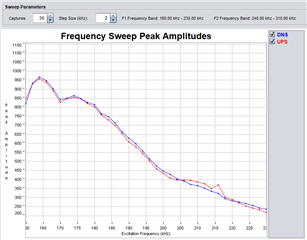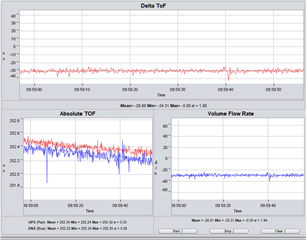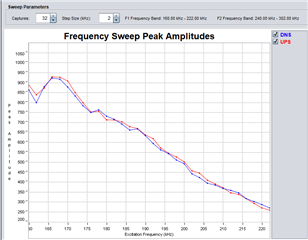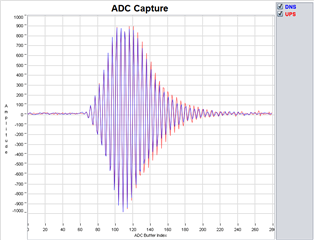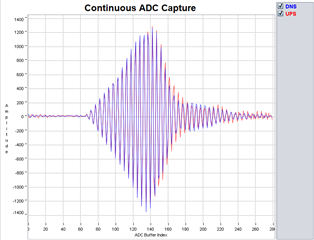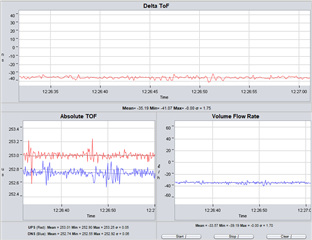Other Parts Discussed in Thread: TIDM-02003, EVM430-FR6043
Hi,
I have a custom board based on the GAS EVM.
I use MSP430FR6043 along with 200k transducers.
I have my prototype connected to the USS GUI in the same way as the TI's GAS EVM.
Based on that, I have some questions and problems to discuss.
1) I experience quite big noise on the receiving channel during burst transmission. These unwanted spikes are reflected from the receiving transducer while the burst ends and creates a noise floor for receiving signal. I use Rterm=820 ohm.
Do you experience the same? What is the effective way to reduce this?


2) The received signal looks as presented below. The UPS and DNS signals are not symmetrical and are not identical.
Is this shape correct? Is there anything I can adjust in parameters to get better shape?
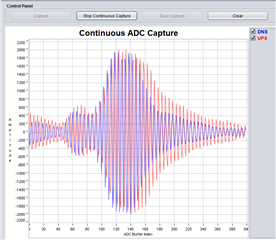
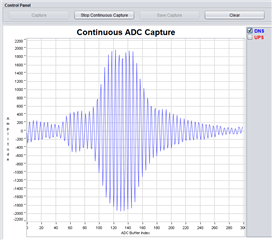
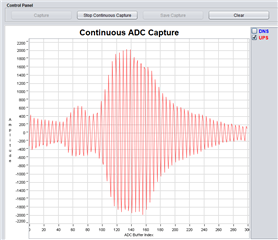
3) I observe spikes in both TOF and delta TOF, as presented below.
What is the source of these outliers? Do you experience a similar problem? How to troubleshoot this?
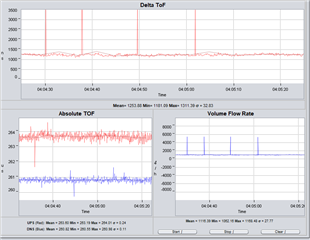
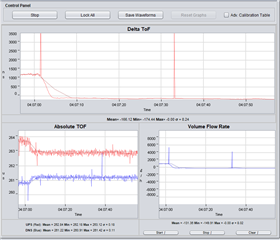
4) When there is no gas flow inside the pipe, I get a non-zero delta TOF.
Is this result normal and caused, e.g., by some irregularities in transducers mounting or accuracy in reflection angles?
How to overcome this? Can I adjust some parameters to eliminate this effect?
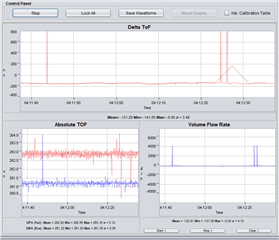
I fully understand that some of my questions are pretty open, but my goal is to discuss the results and get feedback from more experienced people on the subject.
Regards
Adam


